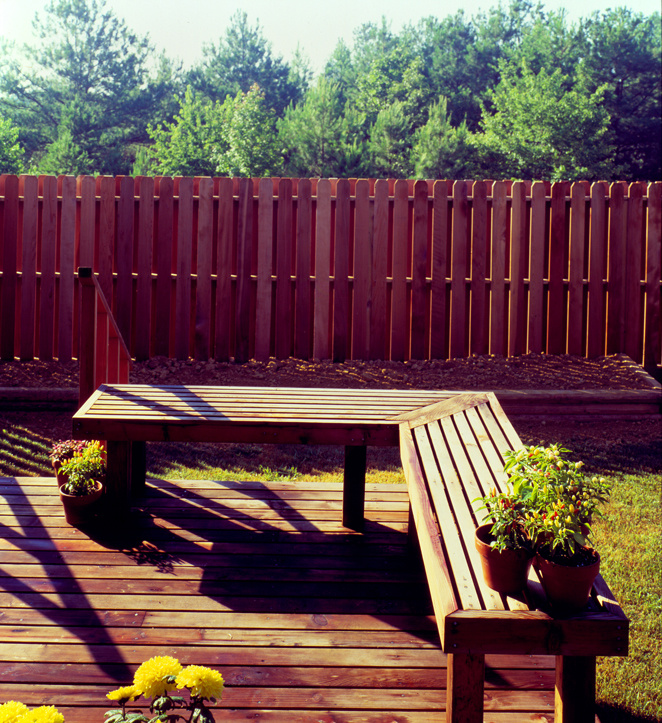Appearance softwood lumber products (primarily treated southern yellow pine and untreated softwood lumber species – cedar, redwood, and pine) represent a significant portion of the wood basket produced by the softwood lumber industry. Used in both interior and exterior appearance end uses such as decking, timbers, siding, trim, board, and interior finish, these products are often what the public thinks of when they think of wood. As such, these softwood lumber products are at the forefront of engendering consumers’ positive sentiment for wood products based on beauty, warmth, texture, and heritage. This affinity for appearance products tends to give rise to positive consideration of wood in structural applications and in essence opens the door for structural products – particularly in new and emerging market segments such as non-residential/light commercial construction.
Significant opportunities exist to grow the consumption of appearance softwood lumber products. As part of the overall appearance product promotion program, the SLB will seek to grow usage in interior as well as exterior applications; however, exterior applications represent the most significant opportunity for volume gains by protecting existing market share and ultimately growing it.
Unlike the code and regulatory challenges that can often limit the use of structural softwood lumber products, the primary barrier to increased consumption in appearance applications is a lack of awareness and understanding. Recent focus group research highlighted this problem but also made it clear that consumers are generally pre-disposed towards wood and will choose it when they have all of the facts. This research succinctly highlighted both our primary barrier and how to overcome it: better awareness and understanding though increased and targeted education and communication.
Recognizing the importance of getting the message right before proceeding with any education and promotion campaign, the SLB engaged Ogilvy & Mather (www.ogilvy.com) to craft a message platform that addresses the key drivers of consumer purchasing decisions for appearance lumber products. For the most part, these messages apply regardless of whether the application is for interior or exterior use. As educational and promotional elements are developed, additional messaging and content will be crafted to address the specific drivers for particular interior and exterior applications.
The appearance product promotion strategy will be rolled out in three phases:
- Phase 1 (Launch Q3 2013) – outdoor living products
- Phase 2 (Launch Q1 2014) – exterior applications
- Phase 3 (Launch Q3 2014) – interior applications
At its July 2013 Board meeting, the SLB approved Phase 1 of the appearance product promotion program that will focus on:
- Communications and outreach – The program will develop a robust, scalable, and comprehensive communications strategy that will inspire, educate, and cultivate the increased consumption of appearance softwood lumber products. In targeting the broader Do-It-Yourself and “Do It For Me” consumers and contractor trade, a variety of social media, earned media, and online and print tactics will be pursued.
- Retail partnerships – Building on the test store program with The Home Depot, Lowe’s, and PROBuild, the SLB, in partnership with Hanley Wood, will expand its efforts with the original three partnerships (subject to their interest) to include independent retailers and others.
- Construction practices and standards – Leveraging its investment in the American Wood Council, the SLB will target deck builders and professionals with resources such as the “Prescriptive Residential Wood Deck Construction Guide” and related educational tools. The purpose is to train and educate deck builders on the proper selection of materials, construction best practices, and maintenance options to ensure optimal performance of wood decks.
The SLB’s appearance product promotion program will leverage, collaborate with, and complement, not duplicate, existing resources and promotional efforts currently delivered by softwood lumber industry associations such as California Redwood Association, Northeastern Lumber Manufacturers Association, Southern Forest Products Association, Southeastern Lumber Manufacturers Association, and Western Red Cedar Lumber Association.
